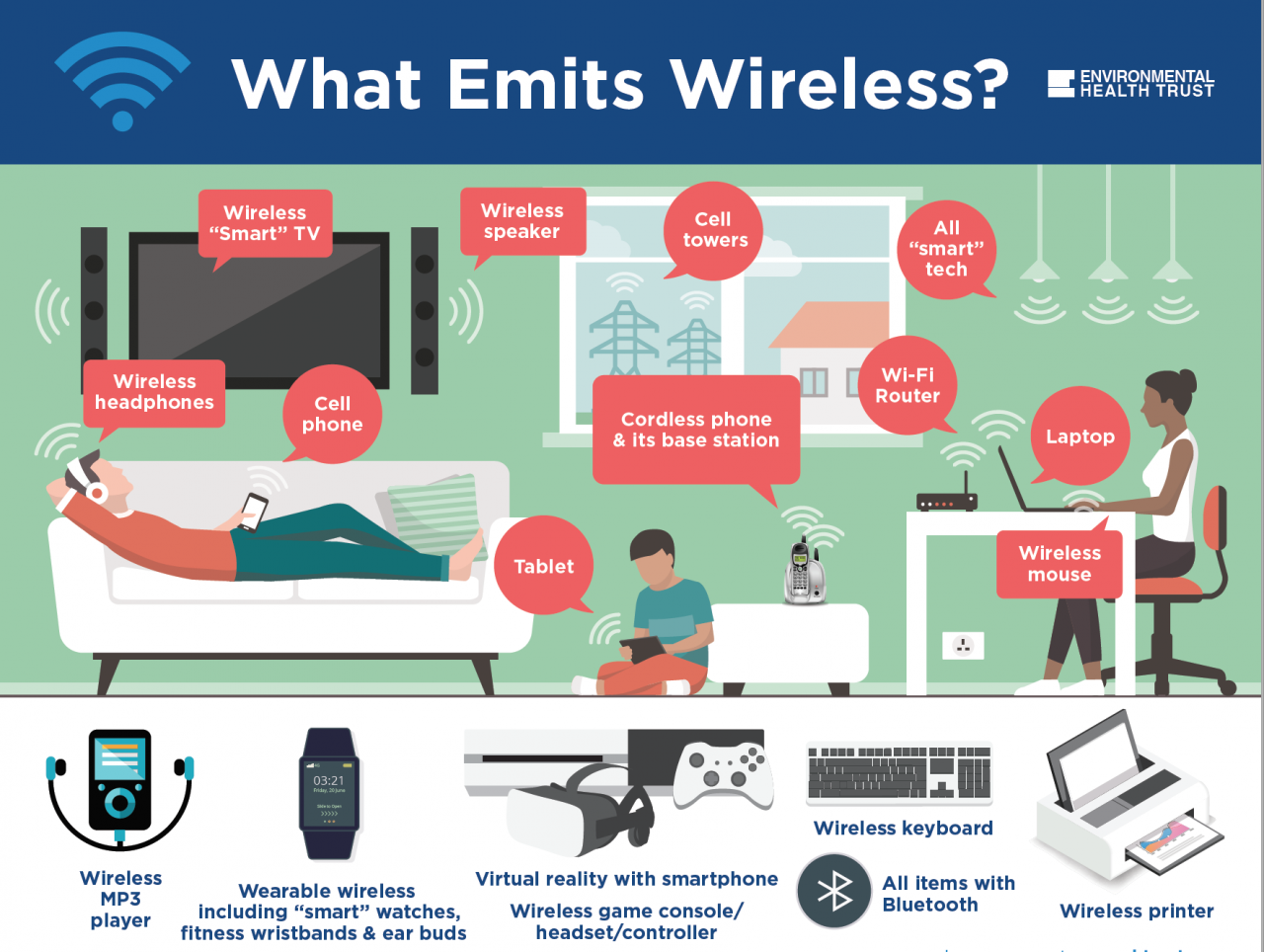 By B.N. Frank
By B.N. Frank
There are documented cybersecurity and privacy risks (see 1, 2, 3) as well as health risks (see 1, 2, 3, 4) associated with Bluetooth and other wireless wearable technology, including devices prescribed for medical purposes (see 1, 2, 3). Nevertheless, wearable tech continues to be created for monitoring health with or without a prescription.
Last summer Apple launched its Halo wristband which monitors body fat, emotions, and more. Fitbit introduced new watches with sensors to monitor stress levels.
Now Swiss scientists are working on something similar for doctors to prescribe.
From Study Finds:
Wearable chip can tell you when stress levels are dangerously high through your sweat
LAUSANNE, Switzerland — From fitness monitors to sleep trackers, wearable technology has taken self-improvement to new heights. Now, a new device developed by Swiss researchers might warn you if your stress levels are growing dangerously high.
Scientists at the Swiss Federal Institute of Technology Lausanne (EPFL) are designing a wearable sensor that measures cortisol in human sweat. Cortisol is the “stress hormone.” Normally, cortisol levels fluctuate throughout the day, following a circadian rhythm. When dealing with certain diseases however, the circadian rhythm is disrupted.
“In people who suffer from stress-related diseases, this circadian rhythm is completely thrown off,” says Adrian Ionescu, head of EPFL’s Nanoelectronic Devices Laboratory (Nanolab) in a university release. “And if the body makes too much or not enough cortisol, that can seriously damage an individual’s health, potentially leading to obesity, cardiovascular disease, depression or burnout.”
Ionescu and his colleagues think their wearable could help doctors detect and treat this conditions and other cortisol-related diseases such as Cushing’s disease (too much cortisol) or Addison’s disease (not enough cortisol).
Quantifying stress with a patch
For their sensor, Nanolab scientists decided to measure cortisol in sweat, although it can also be measured in saliva and urine. This enabled them to create a non-invasive wearable, making it easy and painless for people to use.
Their wearable is a simple patch containing a transistor and an electrode made from graphene, a material used in microchips. The graphene makes the sensor ultra-sensitive, ensuring the most accurate data. It is the first non-invasive tool that allows scientists and doctors to capture cortisol levels across an entire day.
Nanolab scientists worked with Xsensio to test their cortisol detector. Xsensio makes the Lab-on-SkinTM platform, the perfect vehicle for testing the cortisol wearable. Now, the next step is to bring the sensor to the clinic.
“The joint R&D team at EPFL and Xsensio reached an important R&D milestone in the detection of the cortisol hormone,” adds Xsensio CEO Esmeralda Megally. “We look forward to testing this new sensor in a hospital setting and unlocking new insight into how our body works.” After that, she added, Xsensio will make the cortisol sensor a key part of its Lab-on-SkinTM platform to bring stress monitoring to next-gen wearables.”
These findings are published in Nature Communications Materials.
Exposure to wireless technology can cause all kinds of symptoms and health issues (see 1, 2) including
- blood sugar fluctuations
- cardiac health issues
- hair loss
- insomnia
- rashes
- respiratory health issues
- brain health issues (see 1, 2, 3)
- “Microwave Sickness” (see 1, 2) and EMF Sensitivity (see 1, 2)
- and MORE
Got pets? Exposure can affect them too. Sounds stressful, doesn’t it?
Activist Post reports regularly about unsafe technology. For more information visit our archives and the following websites:
- Wireless Information Network
- Electromagnetic Radiation Safety
- Environmental Health Trust
- Physicians for Safe Technology
Subscribe to Activist Post for truth, peace, and freedom news. Send resources to the front lines of peace and freedom HERE! Follow us on Telegram, SoMee, HIVE, Flote, Minds, MeWe, Twitter, Gab and Ruqqus.
Provide, Protect and Profit from what’s coming! Get a free issue of Counter Markets today.


Be the first to comment on "Wearable Patch Would Issue Stress Alert by Measuring Cortisol in Sweat — What about Stress Caused by the Device?"